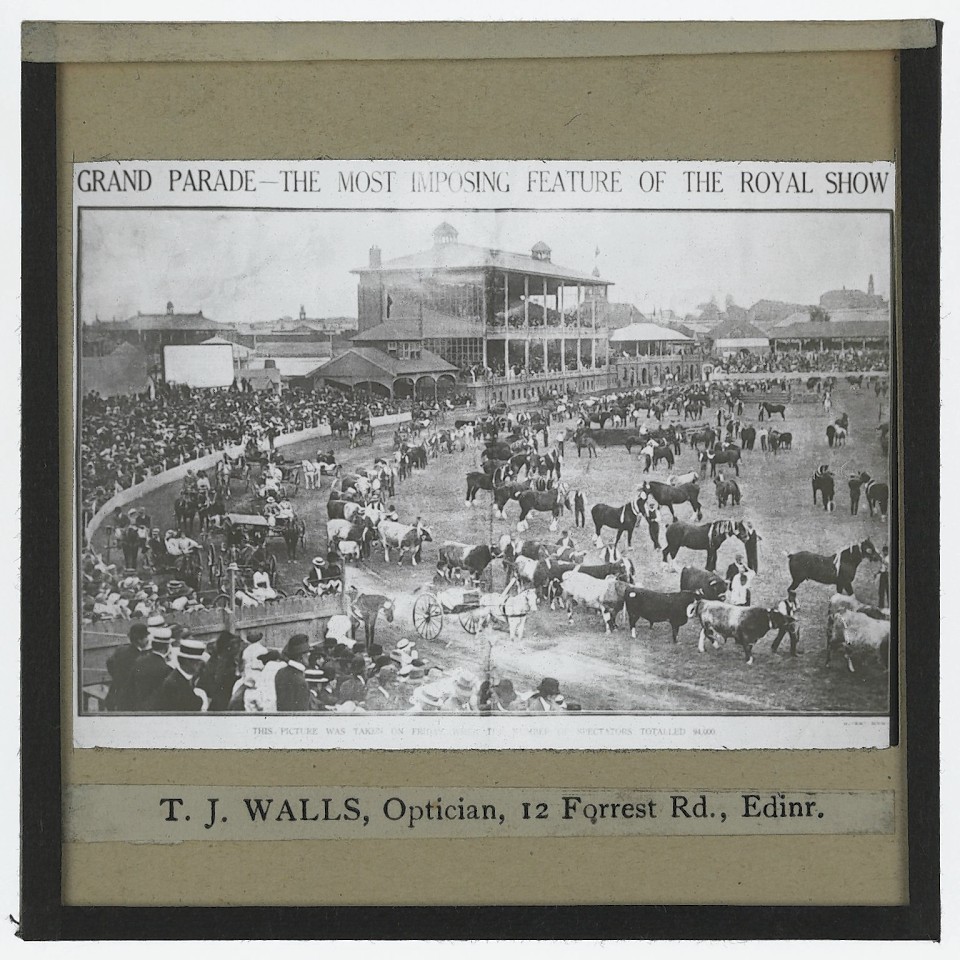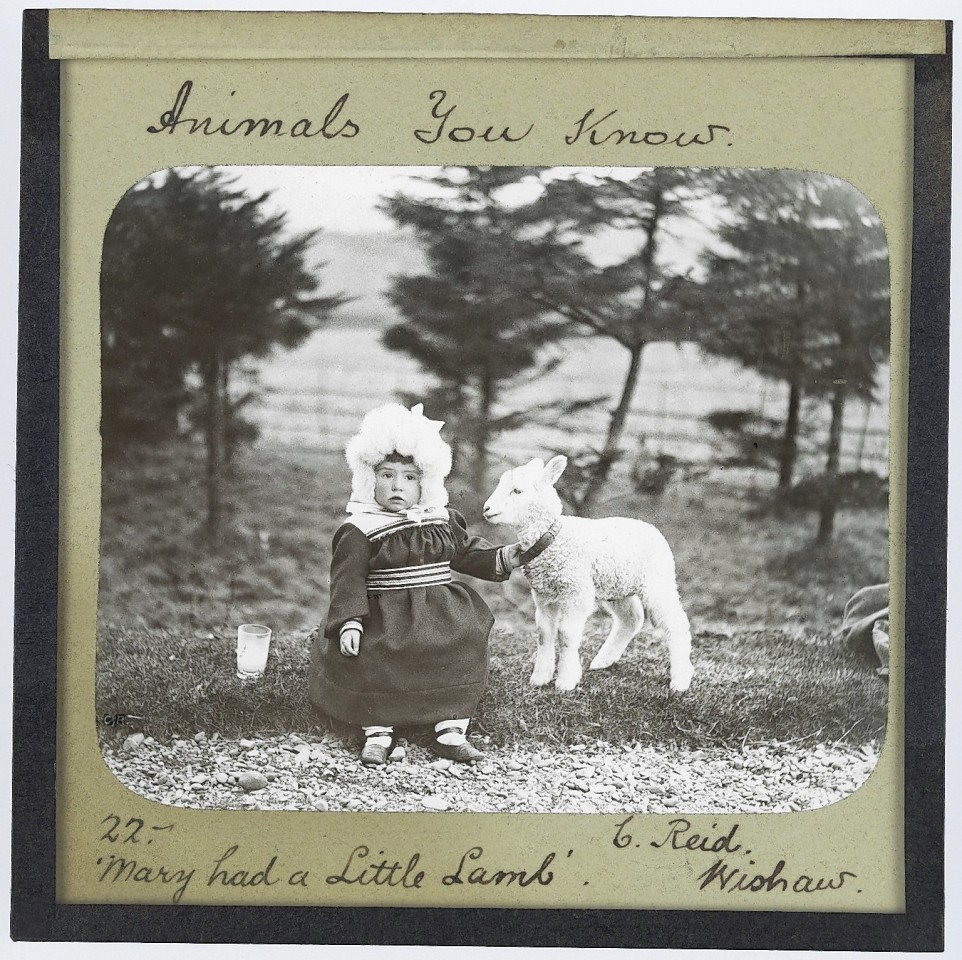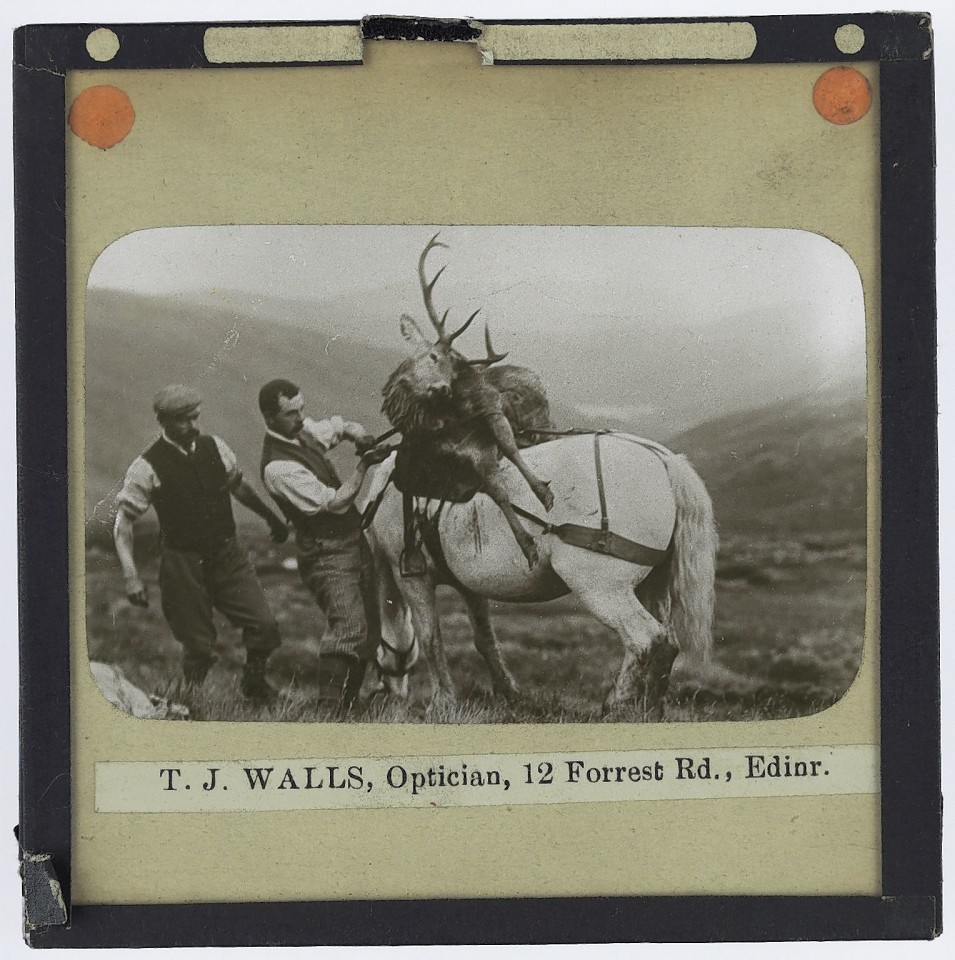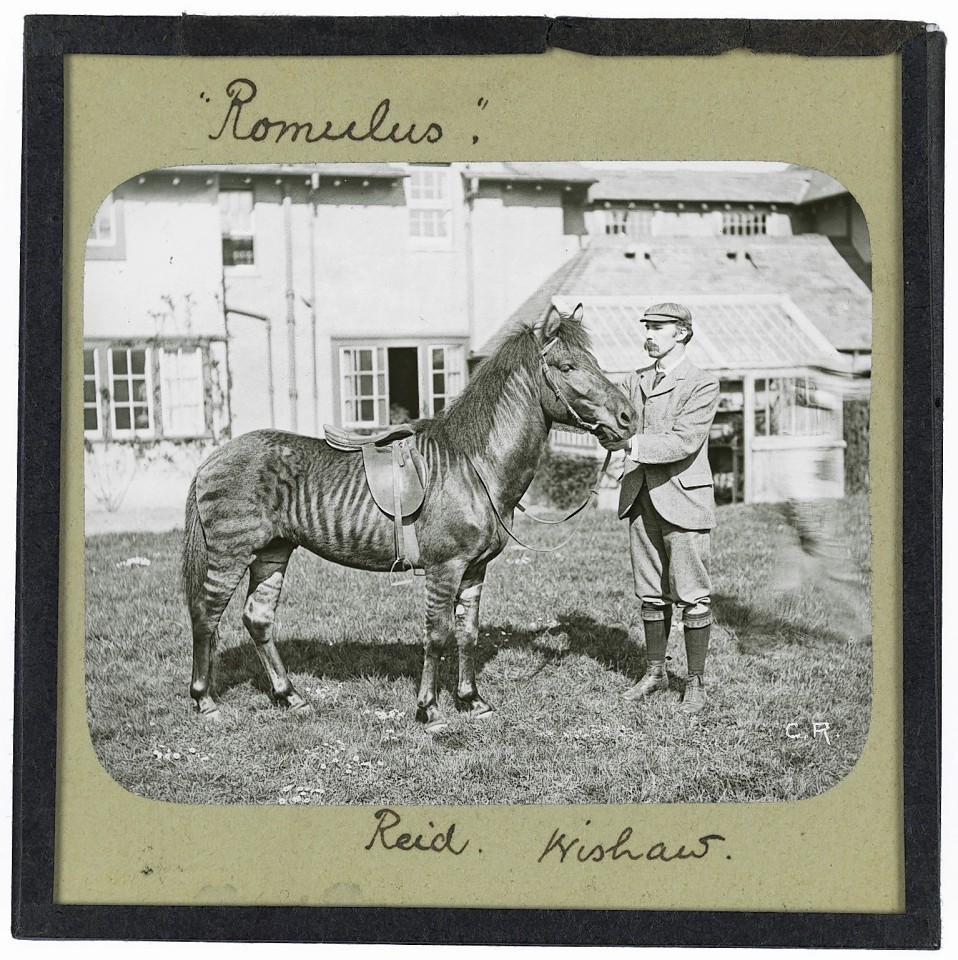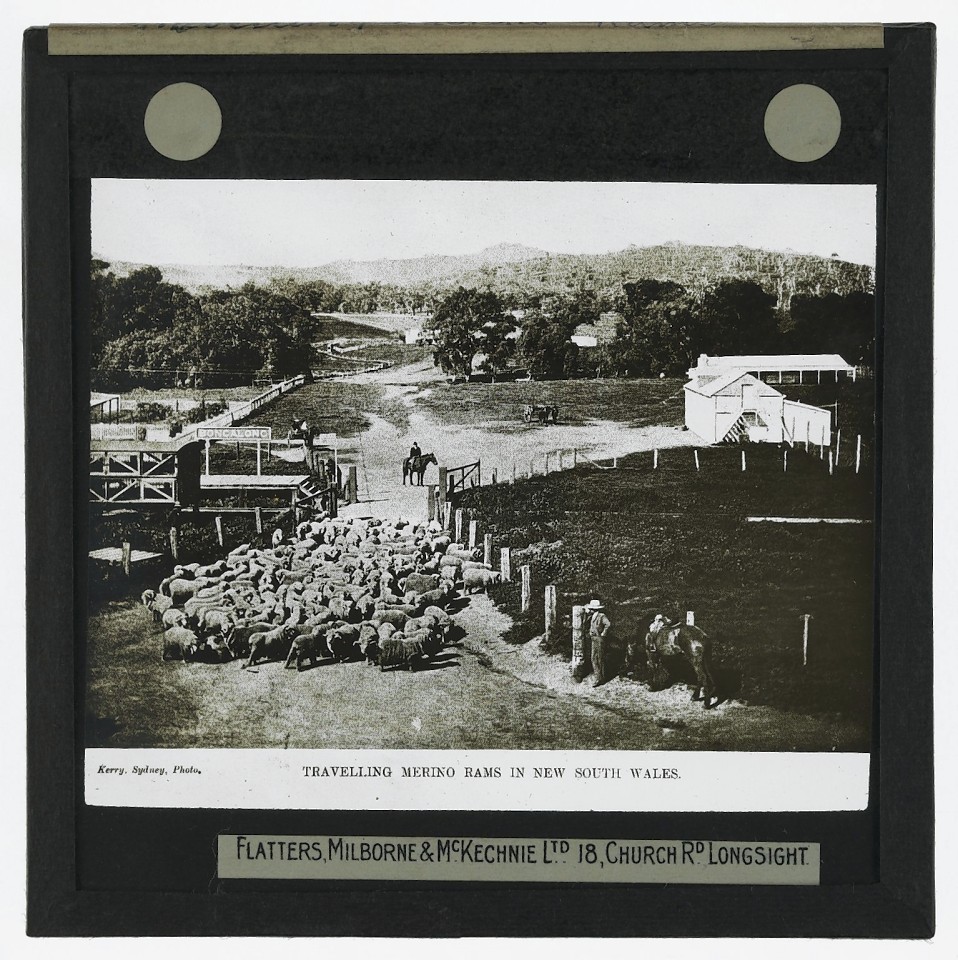Archivists at a Scots university have revealed a collection of weird and wonderful images showing the early days of animal research.
Edinburgh University has begun digitising 3,500 glass plate slides which show animal studies by professors at the institute, in the lead up to genetics testing.
A first batch of 1,300 images has now been released online for public view, featuring an array of different subjects showing different types of livestock, such as sheep, cattle and horses from around the globe, as well as a two-headed lamb.
There are also pictures of scenery and architecture from around the world, in places such as New Zealand, India and Bolivia.
The team bringing the slides to life know very little about their origin, except they are from the archives of the renowned Roslin Institute — the animal research centre responsible for Dolly the Sheep — and were taken in the late 19th to early 20th century.
They also believe many were taken by James Cossar Ewart, who was a professor of natural history at the university from 1882 to 1927, and Robert Wallace, a professor of agriculture and rural economy between 1882 and 1922.
Clare Button, principal investigator in the project, said the slides were used for teaching to illustrate lectures in natural history, agriculture and zoology.
She added: “We don’t really know much about them at all — really just what we’ve been able to figure out by some of the subjects.
“We know some of them are linked to two professors.
“It’s mostly pre-genetics, and more natural history looking at the physiology of animals — a precursor to genetics.
“Having said that, the professor of natural history here was responsible for setting genetics up here.
“A lot of this early work on animal breeding represented in these slides paved the way for Edinburgh being at the forefront of genetics in Britain, right the way through to Dolly the sheep.”
She said the slides had been been in boxes for quite some time and some were damaged when the team at the Digital Imaging Unit, Centre for Research Collections, at the university library received them.
The images are being treated and digitised by John Bryden as part of the project ‘Science on a Plate: the natural sciences through glass slides, 1870-1930’.
The project is funded by the Wellcome Trust’s Research Resources scheme.of the most striking images in the collection include a man riding a llama, who is a zoo keeper at an eccentric’s menagerie in the south of England.
Button said it was hard to choose a favourite, adding: “Last year we got extra money to digitise them.
“It’s really hard to pick a favourite one. A favourite in the university as a whole is a man riding a llama.
“There’s quite a nice story with that as well. It was part of a menagerie kept by an eccentric man called Anthony Wingfield.”
Also in the collection is a slide featuring a young Maori girl paddling a canoe down a river in New Zealand, with large mountains looming in the background.
Another shows a leper being carried on a pole by two young boys in India, with a hanging bench “for alms”.
Button believes many of the more exotic images in the collection were taken by James Cossar, who travelled around the world.
His research involved looking at different breeds of horses and sheep in countries such as New Zealand and Mexico.
The Roslin Institute in Midlothian is an animal sciences research institute which aims to enhance the lives of animals and humans through animal biology research.
The most famous achievement was the creation of Dolly the Sheep — the first mammal to be cloned from an adult cell.
In 2007 a team developed genetically modified chickens able to lay eggs with proteins needed to make cancer-fighting drugs.
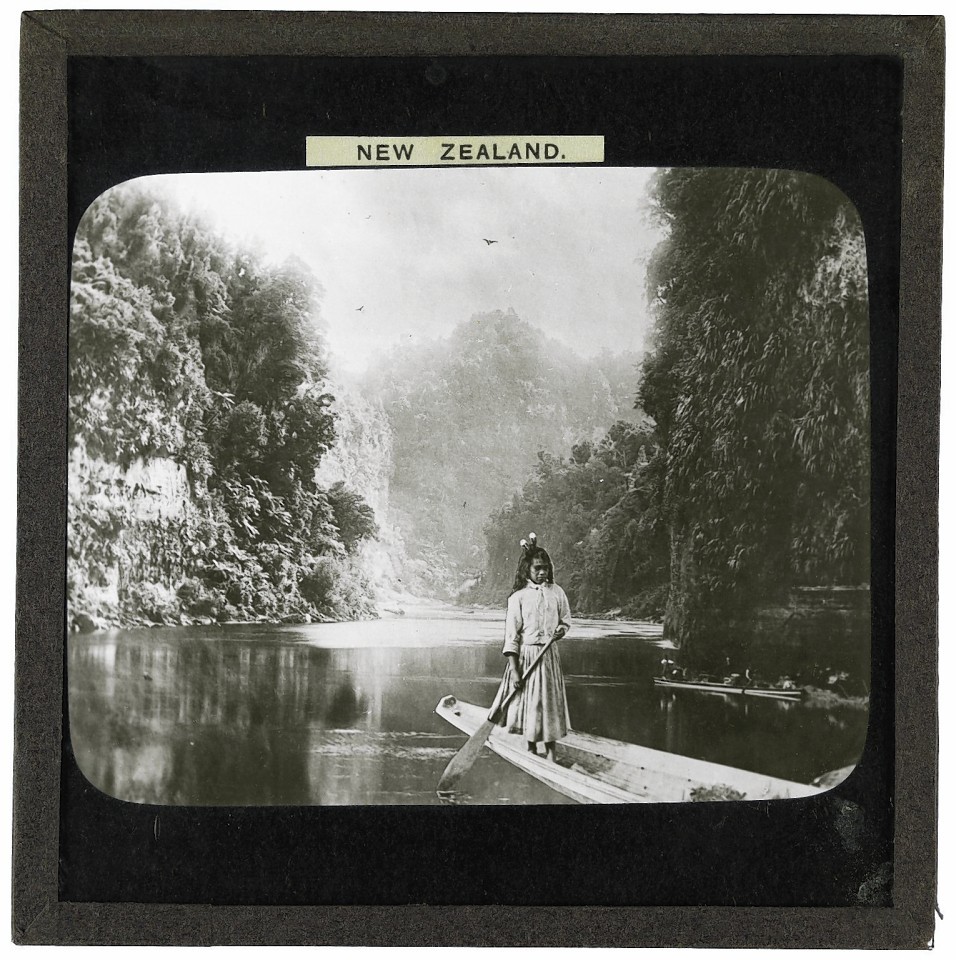
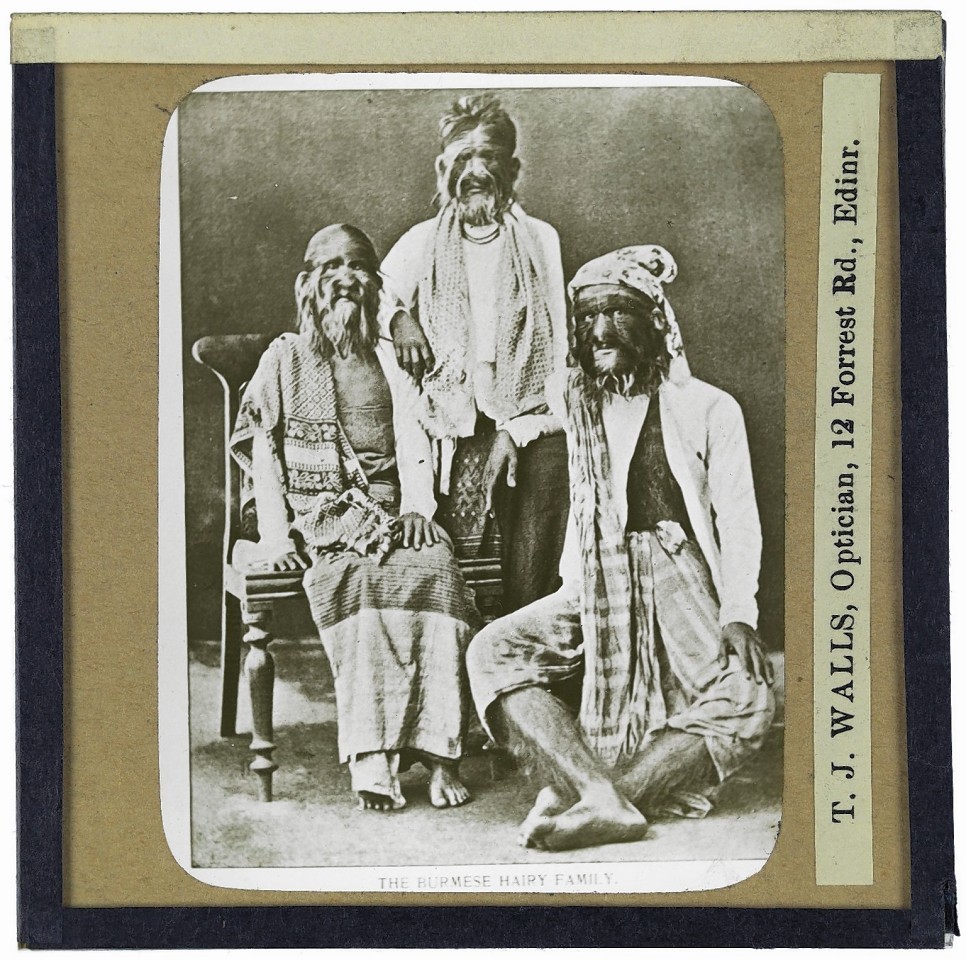
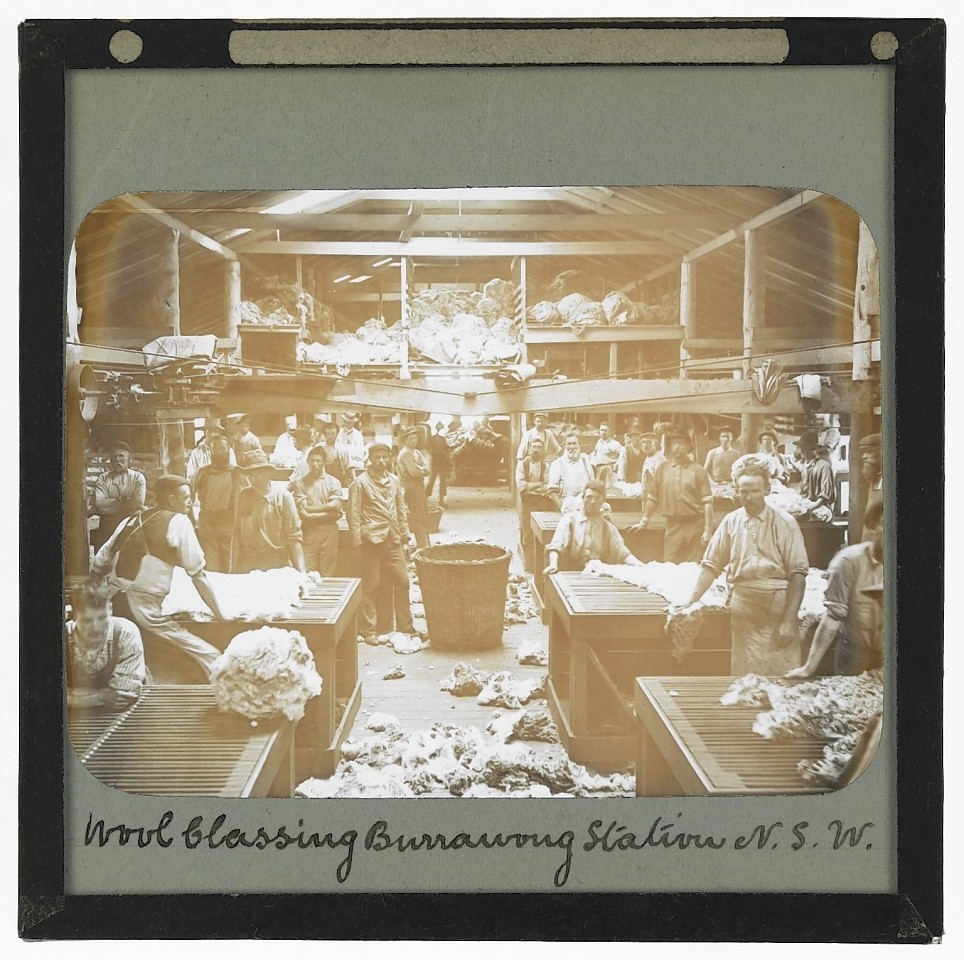
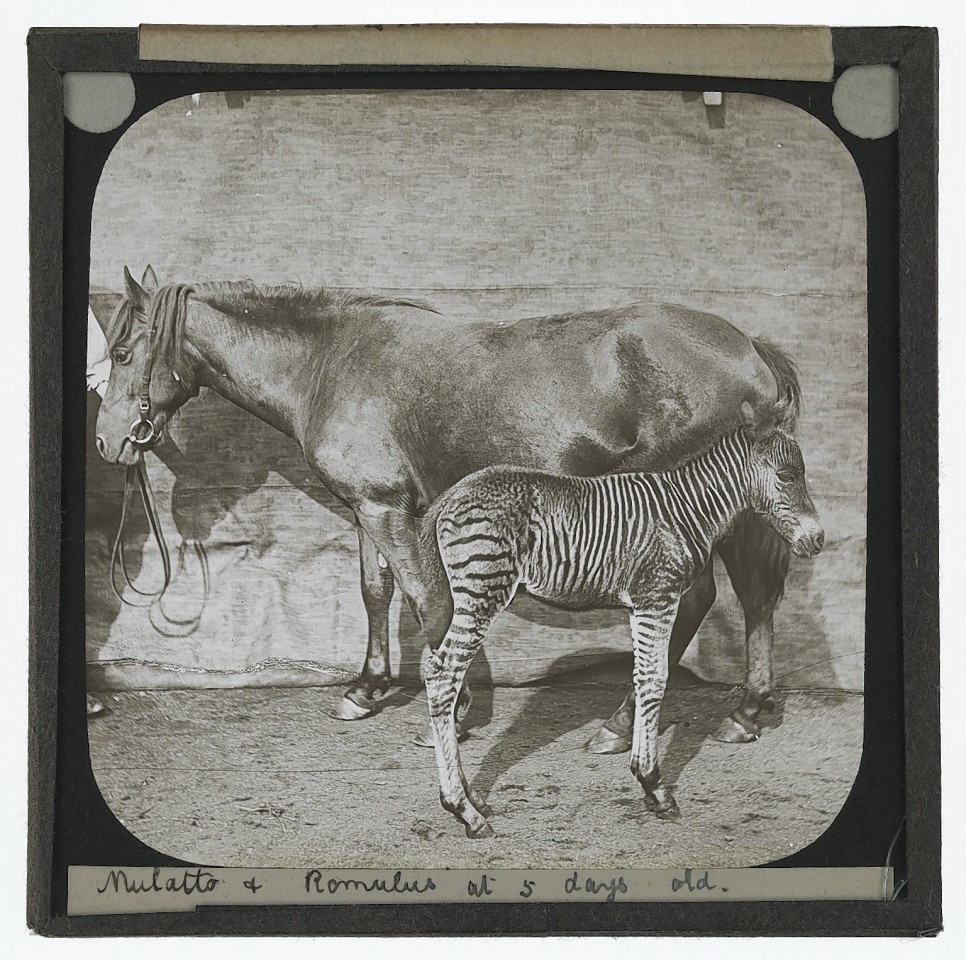
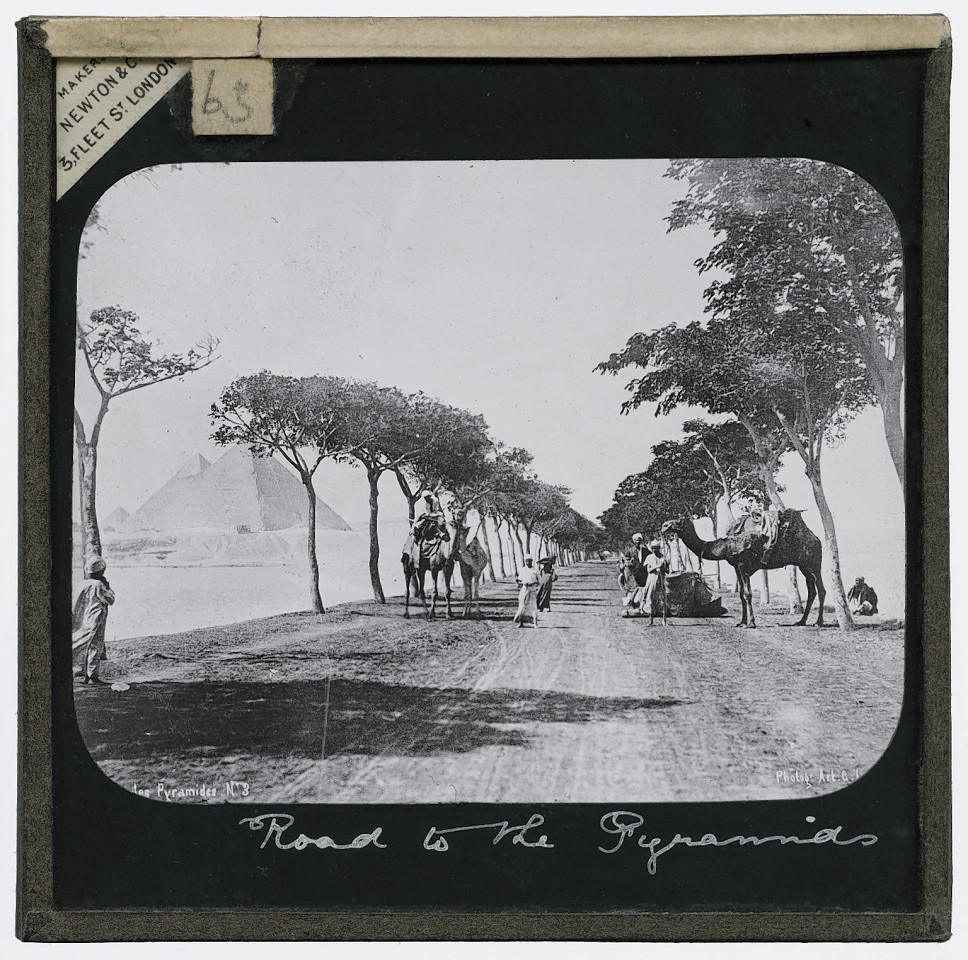
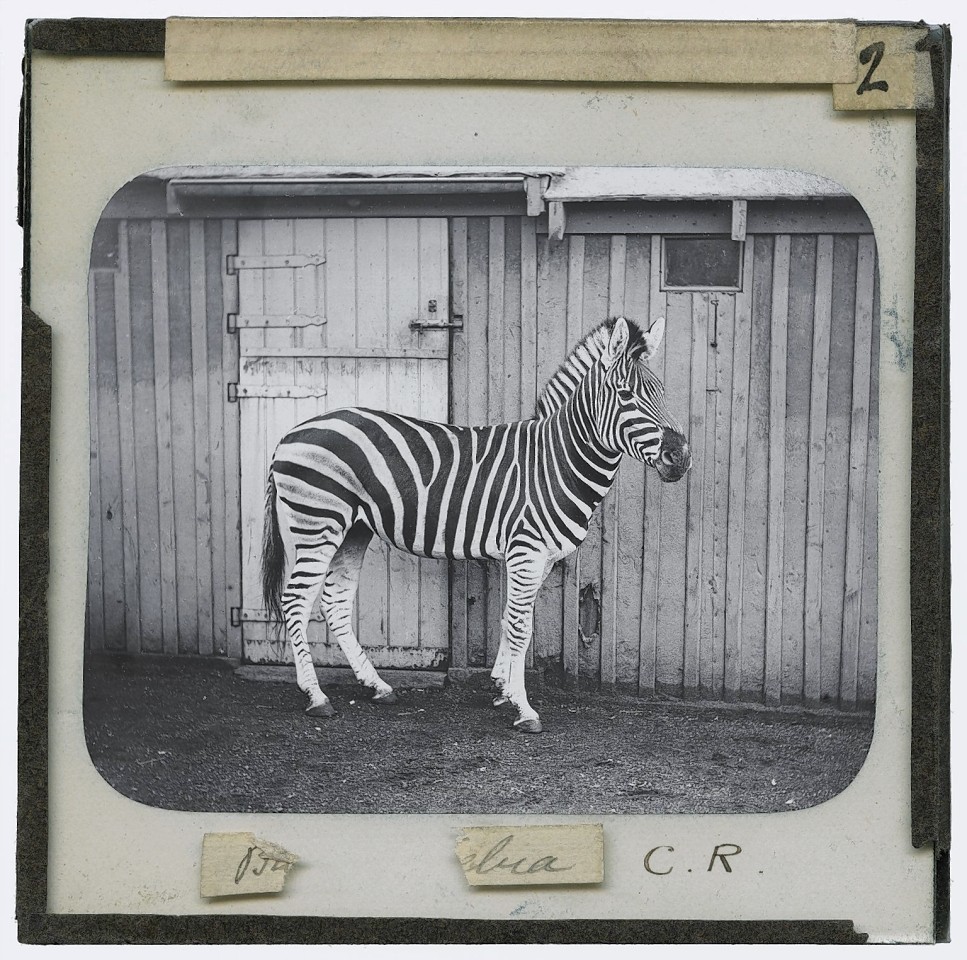
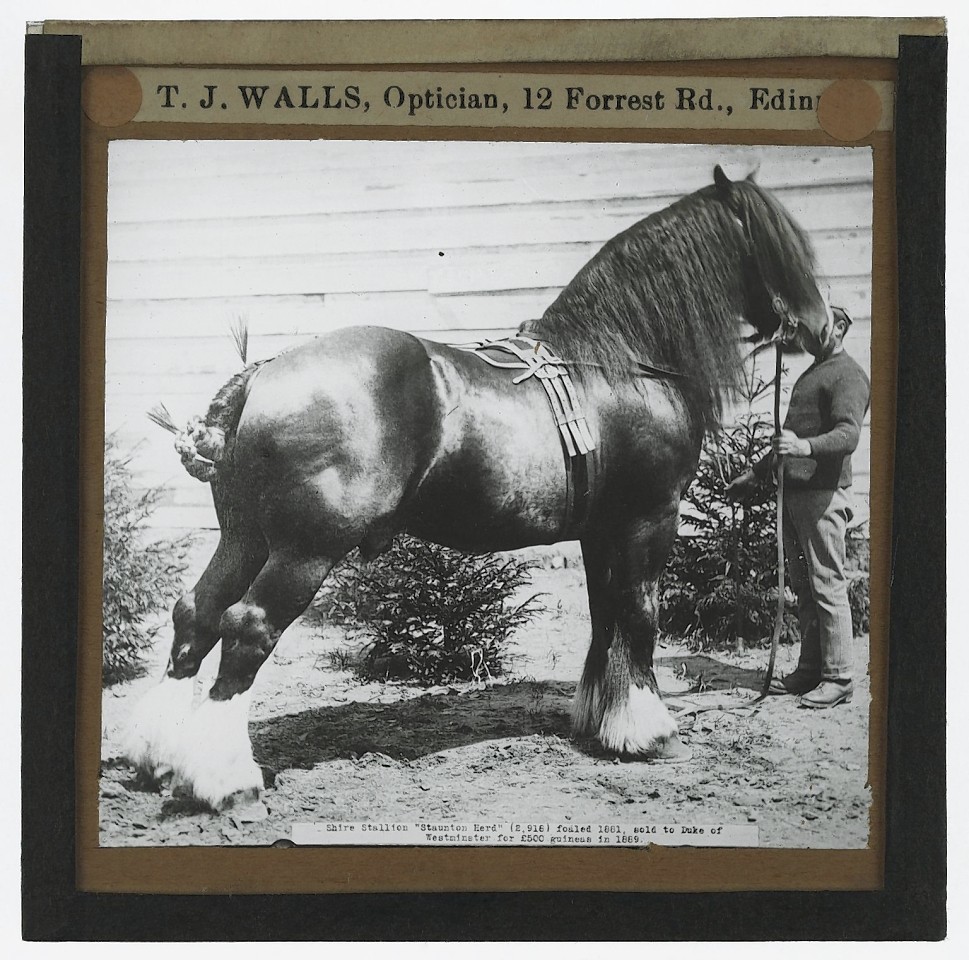
![Mr. H. A. Wickham, Founder of the Hevea Brasiliensis Plantation Industry in the East. Photographic portrait of Henry Alexander Wickham, a British explorer and Founder of the Hevea Brasiliensis [rubber] Plantation Industry in the East.](https://wpcluster.dctdigital.com/pressandjournal/wp-content/uploads/sites/2/2014/12/Animal-research-Edinburgh-13.jpg)
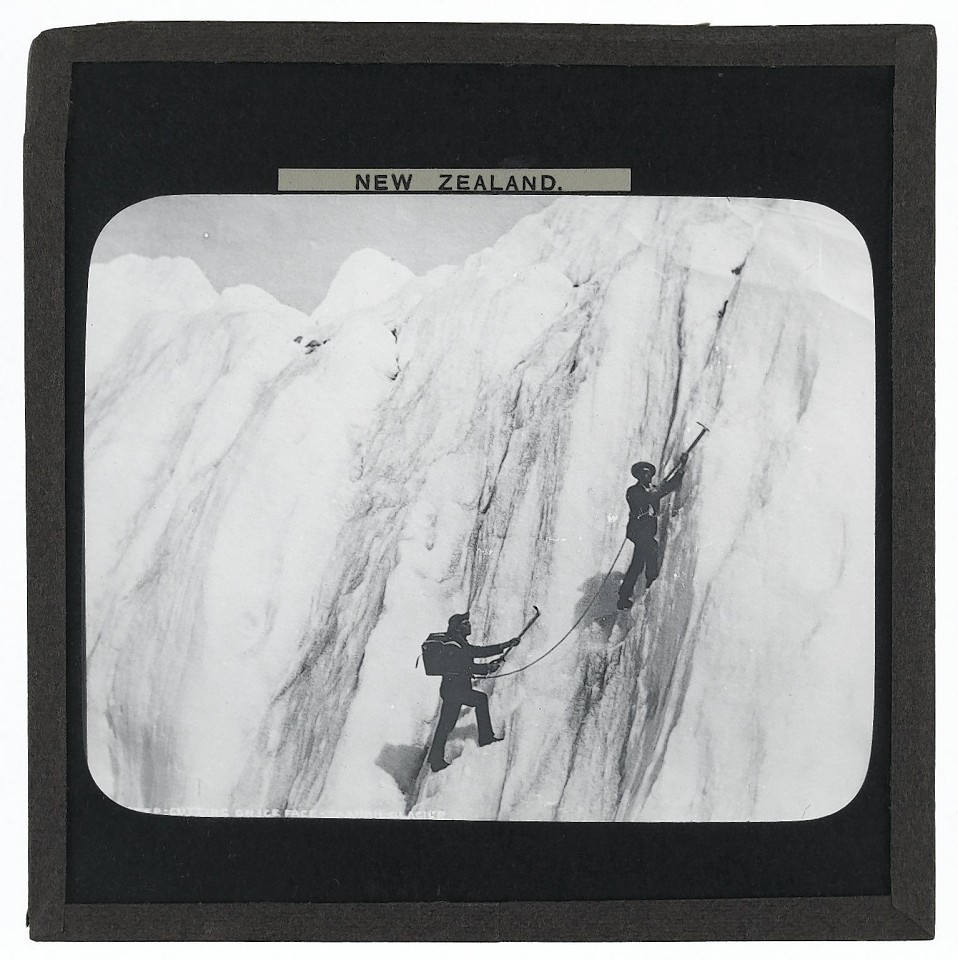
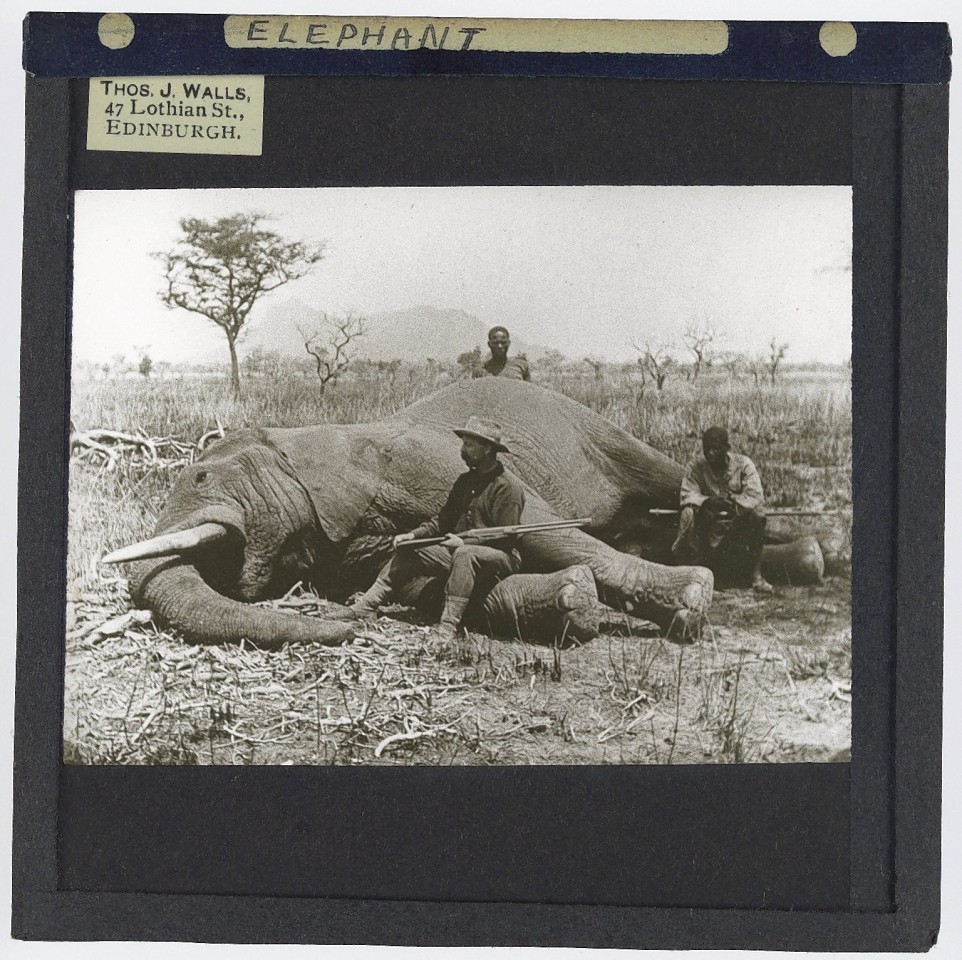
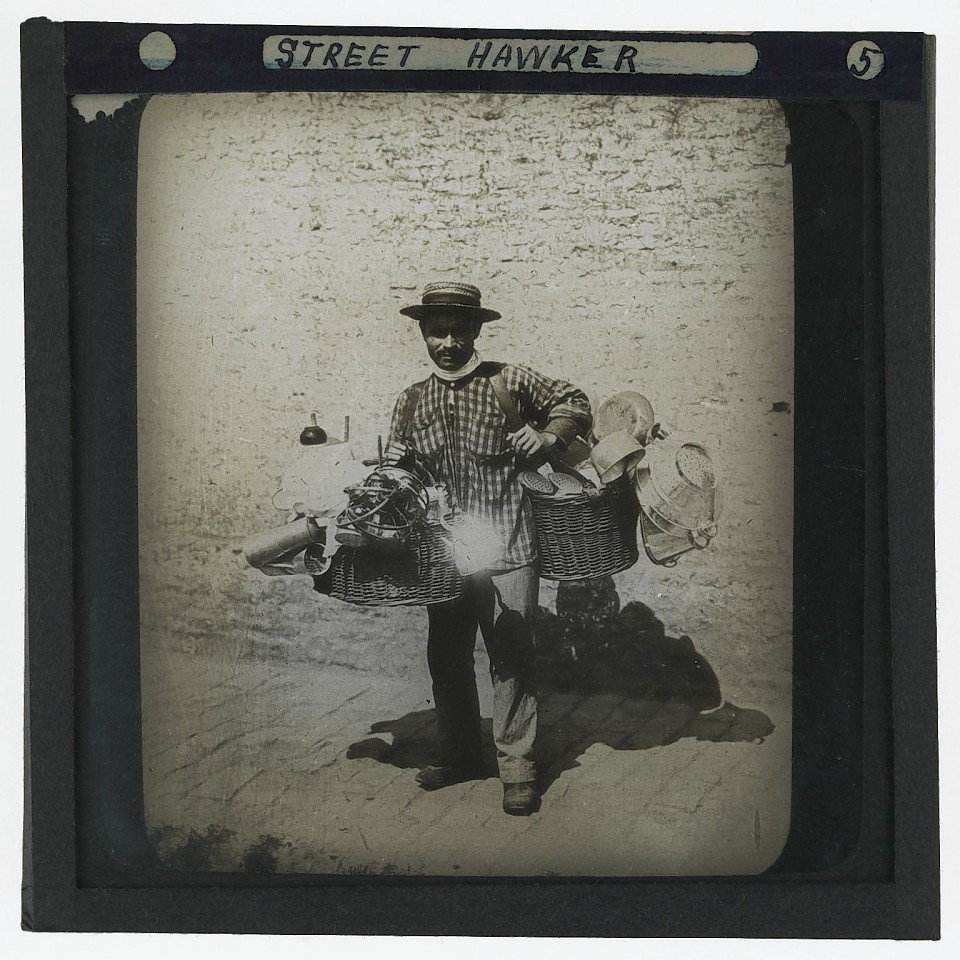
!['Ankole-Watusi Cow'. Photograph of an Ankole-Watusi cow in [South Africa?] in the late 19th or early 20th century.](https://wpcluster.dctdigital.com/pressandjournal/wp-content/uploads/sites/2/2014/12/Animal-research-Edinburgh-8.jpg)
